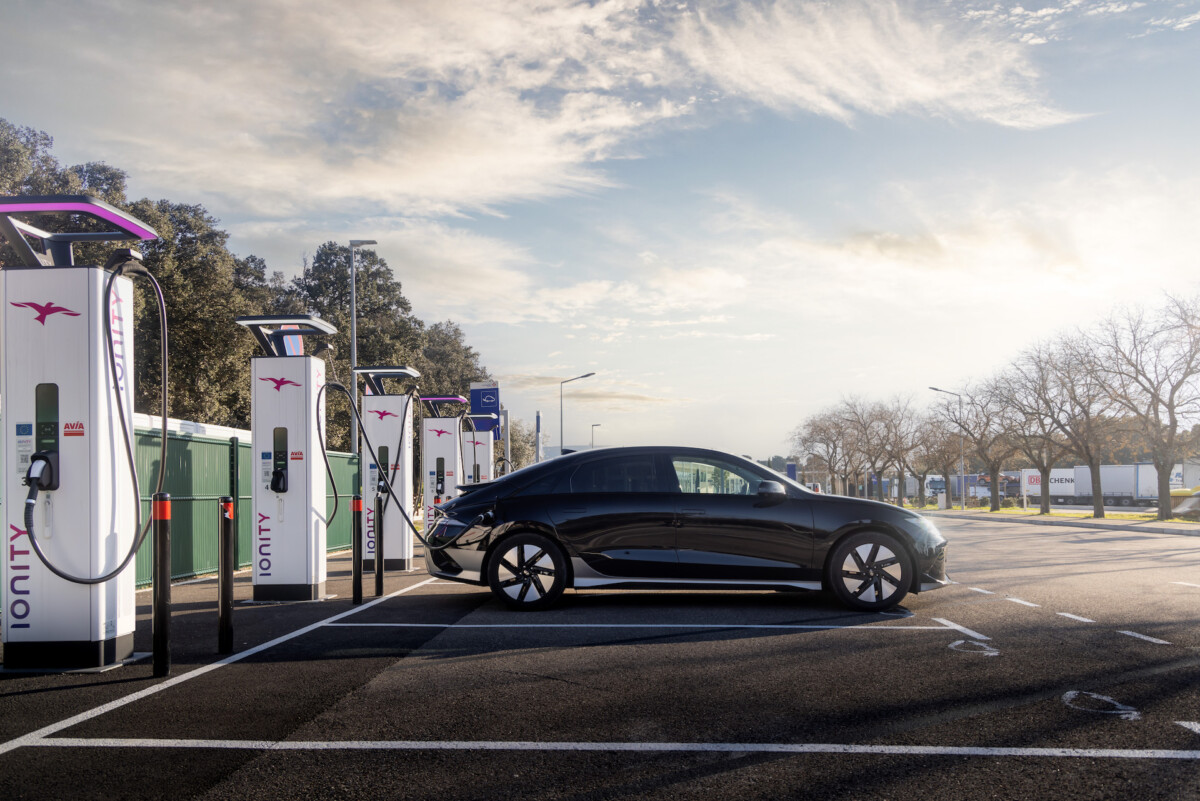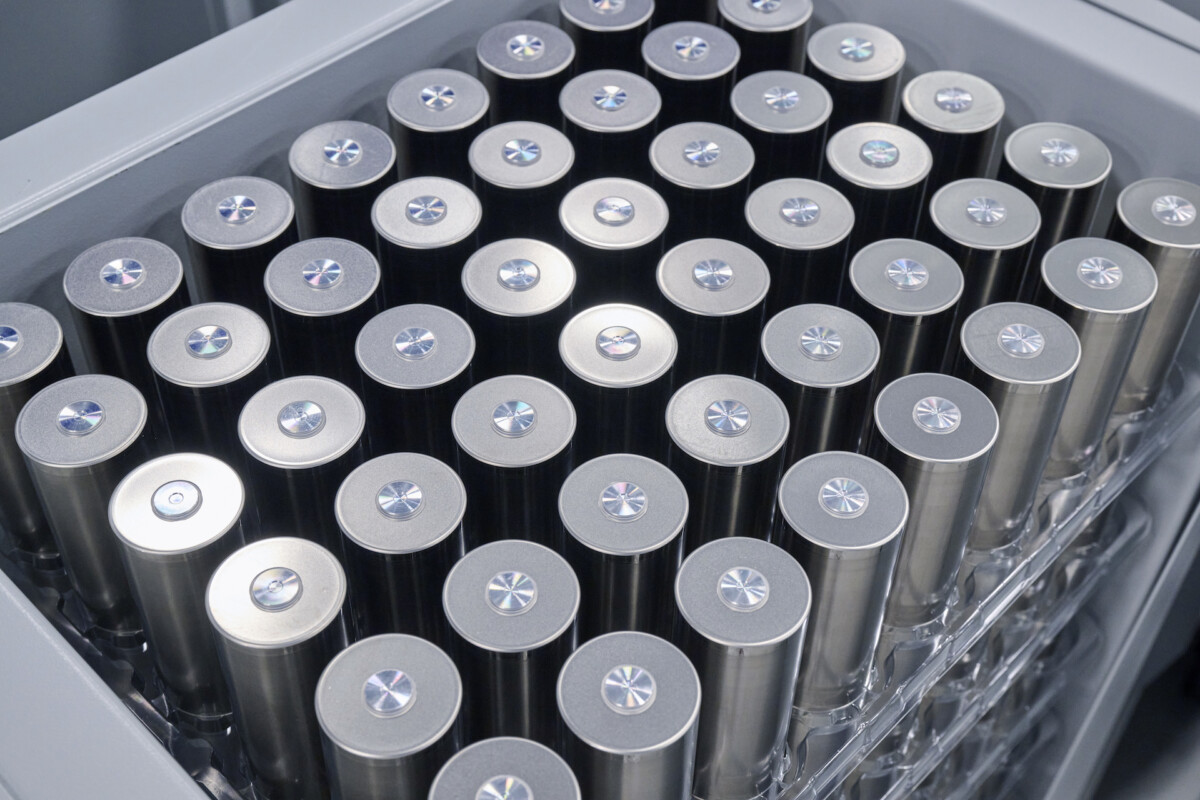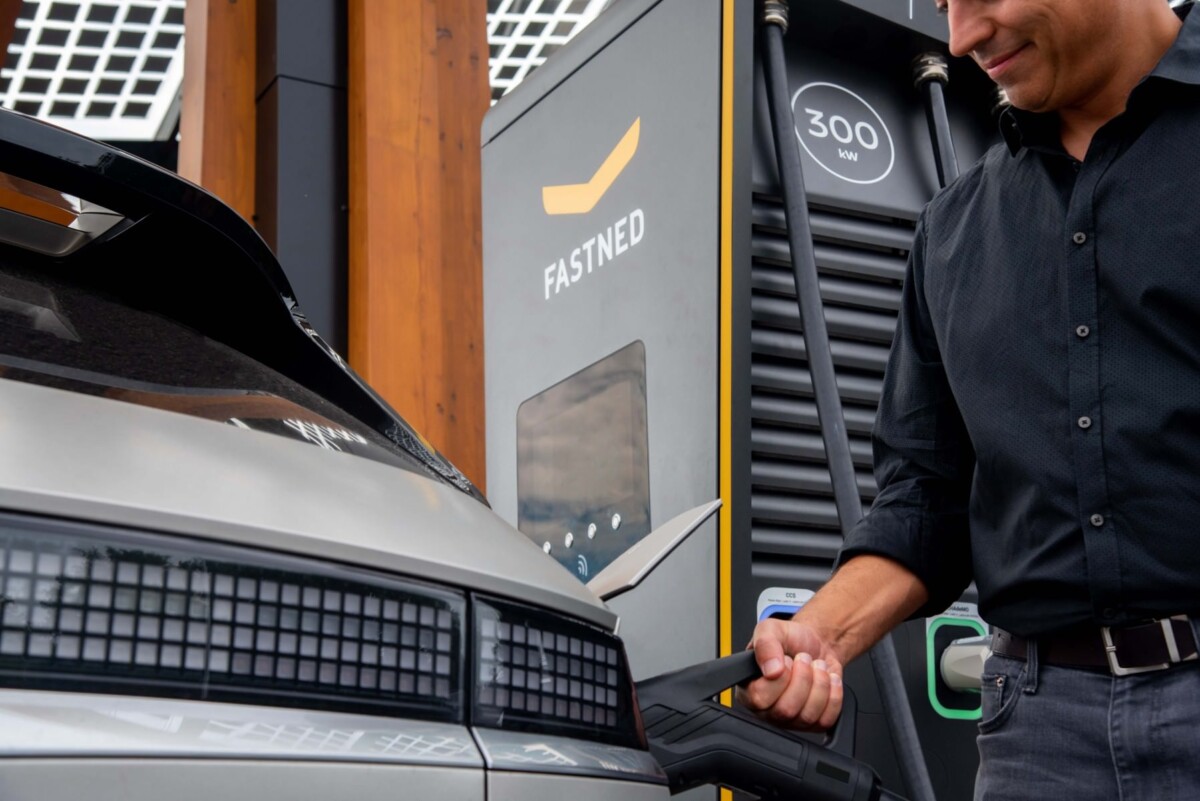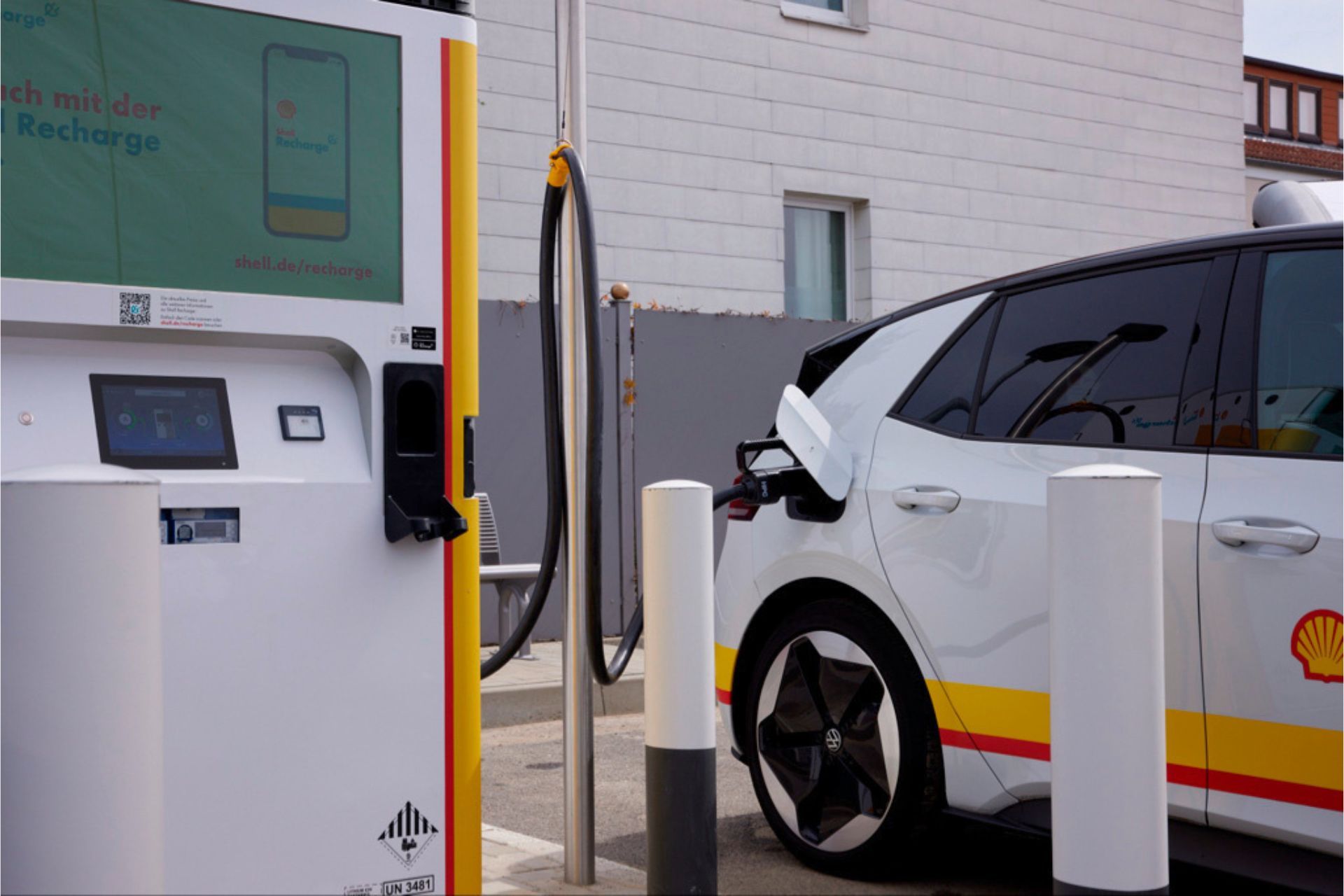The longevity of electric car batteries is often at the heart of debates on clean mobility. To ensure a good lifespan, it is better to avoid recharging to 100% all the time with certain batteries, but is this so harmful? A new study casts doubt on this practice.
The ADAC (Allgemeiner Deutscher Automobil-Club) – the largest German association specializing in the automobile sector – has just released a report on a Volkswagen ID.3 having traveled 100,000 kilometers.
This car has taken a beating, having covered this distance in a relatively short time (two and a half years) and with the help of numerous rapid charges up to 100%. The opportunity to take stock of the consequences of this behavior.
Battery degradation that remains excellent, despite difficult conditions
This is information that has been circulating for as long as electric cars have been on our roads: repeating rapid charges, even up to 100%, is not good for the batteries. Not all brands are equal on this observation, since Tesla regularly presents encouraging results.
In this case, after 250,000 kilometers, the Tesla Model S and Model X still have an average of 88% battery capacity remaining. In other words, the battery loses on average about 12% of capacity after this significant mileage. The Volkswagen ID.3 tested by ADAC shows a deterioration of 7% after 100,000 kilometers.
We have already discussed the subject of the degradation of an electric car battery in this file, and certain principles are worth recalling. In this case, there are two types of degradation:
- battery age-related degradation (calendar degradation);
- degradation linked to use (charge and discharge cycles).
For the first, there is practically nothing to do. No matter how you use your car, its battery will take a hit over time, even without using it. Fortunately, Most batteries incorporate initial capacity preservation mechanisms to keep cells healthy over the life of the vehicle.

8 /10


We can still estimate the effect of calendar deterioration at a few percent per year, and it is not uncommon that after 3-5 years, all electric vehicle batteries have at least 5% degradation linked to their age.
The second degradation is linked to use, and there are ways to minimize it. The Volkwagen ID.3 used by ADAC was frequently charged to 100% on DC fast chargers, which is a test in itself for the cells.
The temperature constraints and the enormous current to be absorbed mean that these situations must be limited if we wish to best preserve our battery. Well, that’s the theory.
Theory versus practice
With only 7% degradation in 100,000 kilometers, the ID.3 is doing relatively well. We could even go so far as to say that its fast charges are relatively imperceptible compared to a car of the same age and having the same number of battery cycles, but which would not have abused fast charging.
The Recurrent Auto study that we talked about this summer also showed that the more you look over time, the less difference there is between vehicles abusing fast charging and others. Improvements over time to the battery management system make these rapid charges less taxing on the cells.

The difference between real conditions and a theory applicable only in the laboratory is difficult to understand, but it is there. All scientific studies will prove that fast charging degrades the cells of a lithium-ion battery more quickly, but in a controlled environment, and without a battery management system. In real life, no one puts their battery pack under such stress, and manufacturers do what is necessary to make it impossible.
Charge your battery to 100%?
The same goes for recharging to 100% frequently, since this is the case of the ID.3 which was used to cover 100,000 kilometers in the hands of the various ADAC testers. They charged the car to maximum almost daily, so the next tester could enjoy its maximum range.
But in practice, perhaps the vehicle only stayed at 100% for a few hours a day before starting to drive. This implies that in the 21,600 hours (2.5 years) since it left the factory, it has spent over 90% of its time at a battery level below 100%.

Storing a battery at 100% is not recommended, but even when always charging to 100%, if you use your electric car every day, it will spend most of its time well short of 100% battery. What’s more, when the on-board computer displays 100%, the reality is different: there is a buffer (unusable battery capacity in kWh) between the 100% displayed and the actual 100%, once again in the purpose of protecting the battery.
Manufacturers’ recommendation for NMC and NCA batteries is often to limit themselves to 80% charge for practical reasons. When you are at this battery level, you can enjoy maximum regenerative braking of your car, which is more comfortable.
In addition, manufacturers protect themselves by wanting to limit the number of batteries to be covered under warranty if by chance significant degradation is felt. By indicating that it is necessary to charge at 80% most of the time, the cells are less stressed, and effectively limit their degradation. But don’t worry: if you need to charge 100%, there’s no need to worry. Your car is also made for this.
As for LFP batteries which are increasingly present in electric cars, manufacturers announce that you can charge your car to 100% without risk to its longevity.
